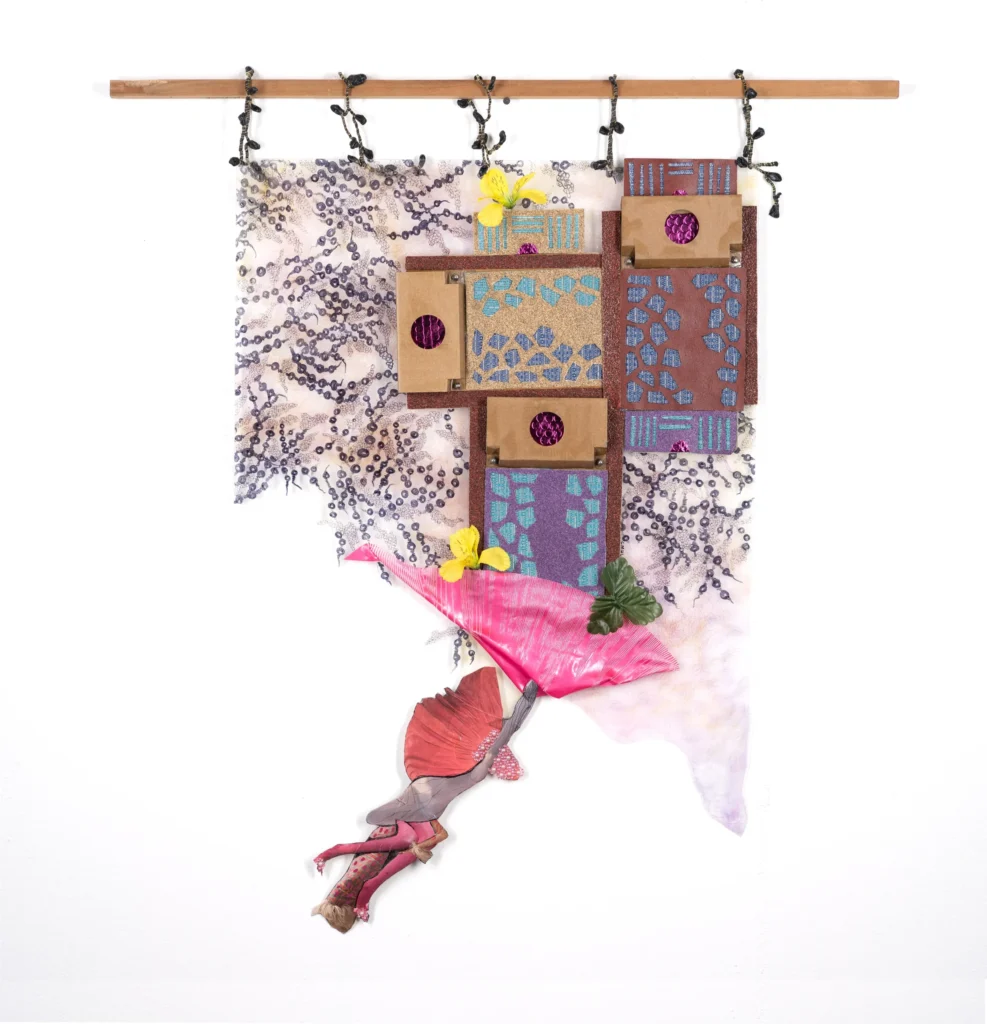ReSOURCE
Artists

Cydney Lewis
Cydney Lewis (b. 1965) is a Bronzeville-based multidisciplinary artist who works primarily in collage and assemblage. She studied at the School of the Art Institute in Chicago as well as L’École d’architecture in Versailles, France, and received her BS in Architectural Studies from the University of Illinois at Urbana Champaign. She has received the 3Arts Make A Wave Grant and the Black Creativity/Green Art Award from the Museum of Science and Industry. She has been selected for residencies with Chicago Public Schools, Lyseloth Musikerwohnhaus Basel, Switzerland, and Tiger Strikes Asteroid. Lewis’s works feature an amalgamation of materials found near her home in Bronzeville. She explores the relationship between the spiritual and the natural and celebrates the depth of beauty that exists within the lived environment, pondering how humans can collectively move towards a more harmonious future despite being entrenched in a consumerist society. Her work has been featured in Newcity, NBC News, and Suboart Magazine. Aside from her practice as a visual artist, Lewis has practiced ballet and art directed films, both of which give her a unique perspective on the fluidity of her narratives and inform the materiality she employs.



